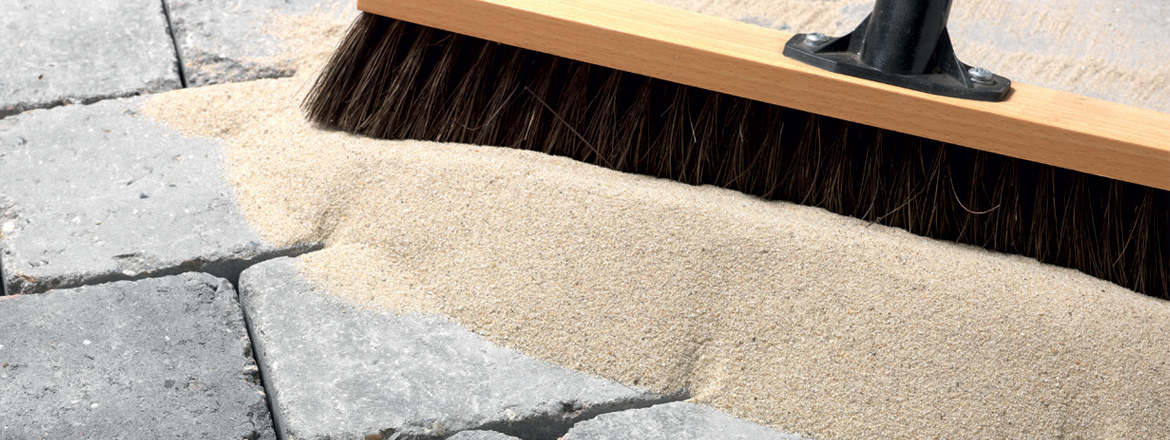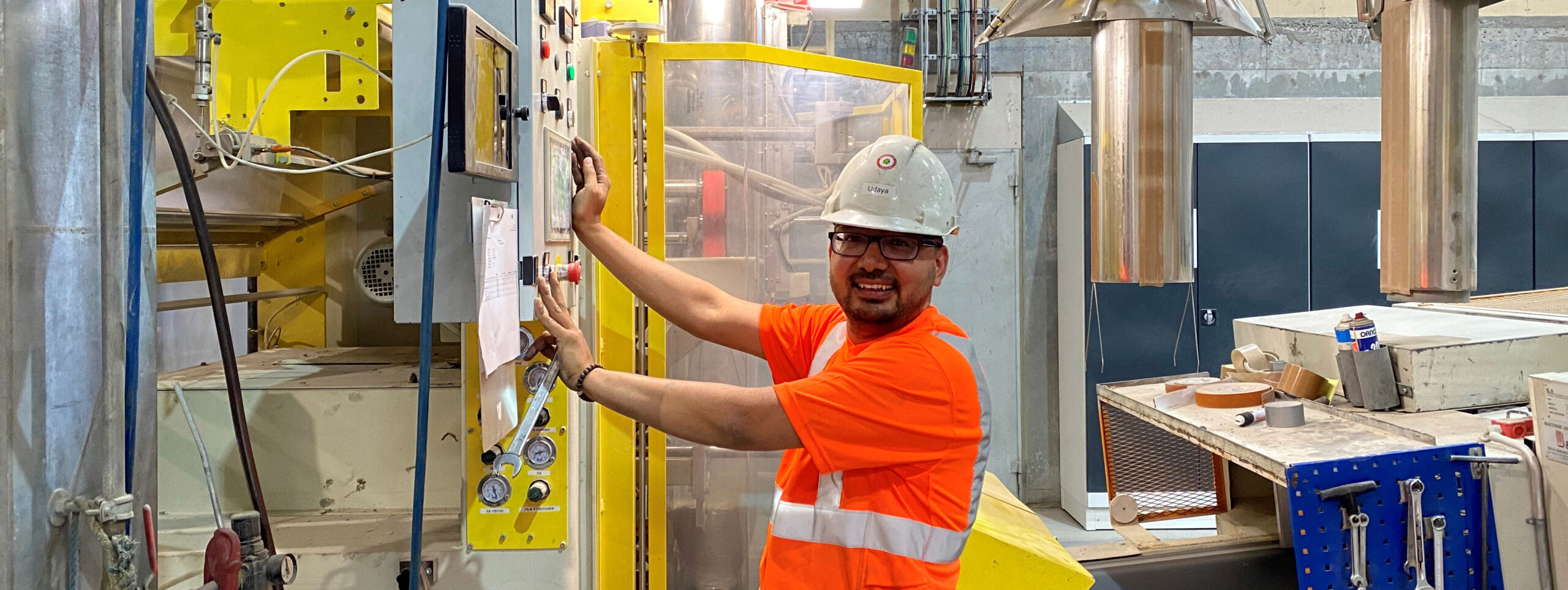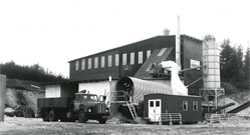One joint, many functions

A nice and well-kept joint is the finishing touch to any surface. The joint highlights colours, structures and patterns, and it visually binds the stones together into a beautiful whole. But the joint also has an important function: If the substrate is done correctly, it is the joint that makes the surface resistant to rain, frost, weeds, traffic loads and much more.
Load redistribution
The joint distributes the load from one paving stone to the next and on to the substrate. This makes the paving robust and keeps the individual stones from cracking under load.

Prevents edge peeling
Most pavings will settle over time due to rainwater and natural variations in the substrate. If individual paving stones are too close together, the edges will come into contact, leading to edge peeling. A properly made joint will prevent damage to the paving stones by absorbing any minor subsidence.


Substrate protection
If the joints are not filled properly, large amounts of rainwater will seep through. Over time, this will cause three problems:
- The substrate will soften and lose its load-bearing capability
- Sand and gravel will be washed out from the joints causing subsidence
- Increased risk of frost damage due to ice forming under the paving

The joint stabilises the paving pattern
The joints will absorb motion due to traffic, rainwater and tiny natural variations in the substrate, keeping the individual paving stones in place. With no subsidence or sideways motion the paving will retain its original pattern for many years.







